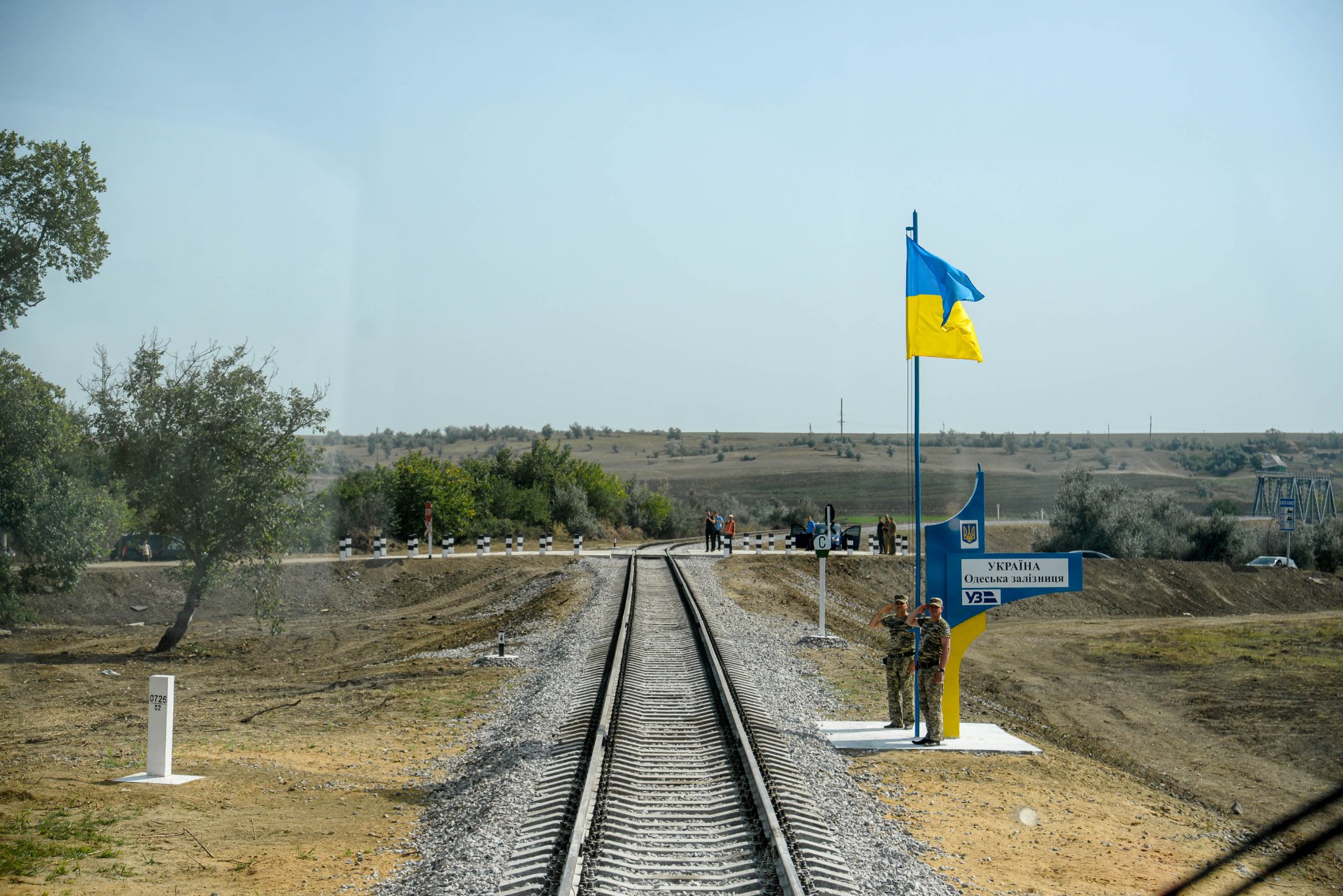 The European Commission and the European Investment Bank have published a study recommending that the European track gauge lines to Ukraine and Moldova should be deployed for a better integration to the European rail network.
The European Commission and the European Investment Bank have published a study recommending that the European track gauge lines to Ukraine and Moldova should be deployed for a better integration to the European rail network.
The study is part of the Solidarity Lanes action plan and suggests that European track gauge lines to Lviv and Chiṣinău would be the first step to improving connections between Poland and Ukraine, and between Romania and Moldova.
“Extending the standard gauge of the European railway network to Ukraine and Moldova will facilitate the movement of goods and services, helping the two countries to integrate more quickly into the EU market and accelerating Ukraine’s post-war recovery,” EIB Vice-President Teresa Czerwińska, who is responsible for bank’s operations in Ukraine and Moldova, said.
Taking into account likely costs, expected demand and line capacity considerations, the study suggests as a first step to establish a European track gauge connection from Kraków/Katowice (Poland) to Lviv (Ukraine), as well as from Iasi (Romania) to Chisinău (Moldova). Further extensions are also suggested. The study also assesses the way in which the new standard gauge lines in Ukraine and Moldova would work with the network elsewhere in these countries, which will continue to use broad gauge.
The study analysed the barriers remaining, including the difference of rail gauge used in most of the EU versus the one used in Eastern Europe. The Connecting Europe Facility II has recently selected nine projects for funding that will aim at improving crossing points. The Commission has also to extend the Trans European Network–Transport to Ukraine and Moldova.
Constructing the first European track gauge lines in Ukraine and Moldova will boost the connection with Poland and Romania and “will bring them closer to the EU single market. With this study, we are setting the scene for long-term solutions, supporting Ukraine in its post-war trade and reconstruction. Ensuring interoperability from Poland through Ukraine, Moldova and Romania will also mean a smoother, more efficient travel experience for citizens,” the Commissioner for Transport Adina Vălean said.
The study development has been announced by the two institutions in October 2022 following a proposal made by the European Commission to revise the TEN-T Regulation and extend four transport corridors (ETCs) to Ukraine and Moldova.
In addition, in June 2023, the EC and Ukraine government signed an agreement to associate Ukraine to the Connecting Europe Facility (CEF) 2021-2027 programme.
Ukraine and Moldova are also cooperating to boost their rail connections and services for which an agreement was signed to simplify transit procedures for rail freight transport. This year, the two countries took a step forward to improve rail infrastructure.
Share on:



